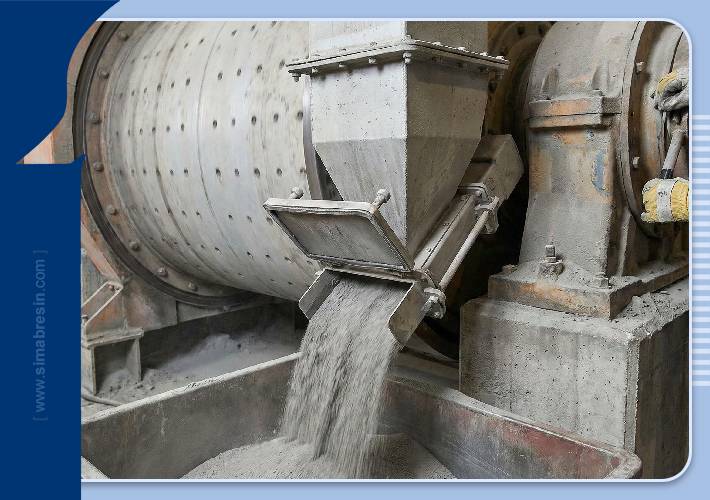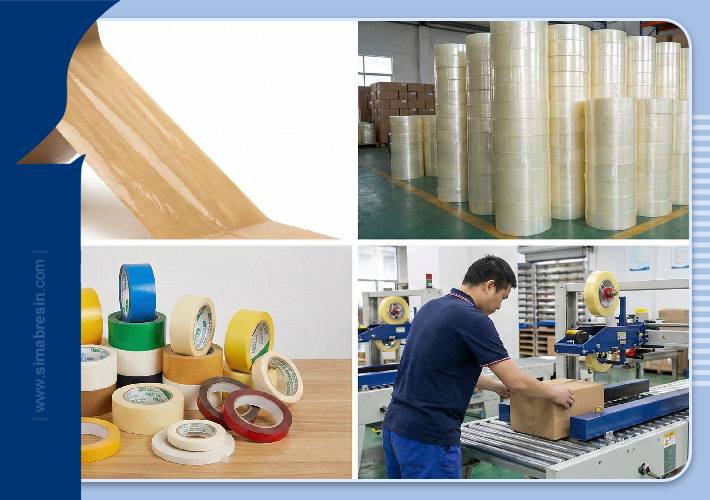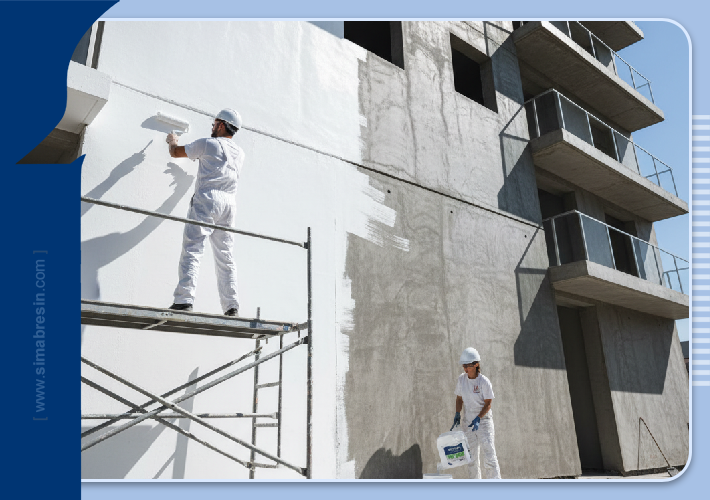Widespread use of acrylic resins

Acrylic resins are a fast-growing class of coating resins that are used in wide range of applications for their chemical and mechanical characteristics and aesthetic properties. Water-born acrylic coatings score highly in life cycle assessments and see the strongest demand in systems for automotive, architectural and construction applications. Vantage forecasts the acrylic chemistry to account for more than 15% of total sales by 2028.
Water-borne epoxy and polyurethane coating resins also represent high growth segments.
Major benefits to the water-borne sector although primary challenges remain
Green and sustainable development naturally places a focus on water-borne coatings for their greater environmental compatibility compared with solvent-borne alternatives. With little to no volatile organic compounds or air pollutants, increasingly stricter regulations encourage the use of water-borne chemistries as a way of limiting emissions and responding to the demand for eco-friendlier products. New technological innovations seek to make it easier to adopt water-borne technology in market segments that are more reluctant to switch due to cost and performance concerns.
There’s no getting away from the higher cost involved with water-borne systems, whether that relates to investment in R&D, production lines or the actual application, which often requires a high level of expertise. Recent prices rise in raw materials, supply and operations make this an important consideration.
In addition, the presence of water in coatings poses a problem in conditions where relative humidity and temperature affect drying. This impacts the adoption of water-borne technology for industrial applications in regions such as the Middle East and Asia-Pacific unless conditions can be easily controlled – as is possible with automotive applications using high-temperature curing.
Source: a steady stream of developments
By European coatings journal
- Simab Resin Content
- 09/01/2024






